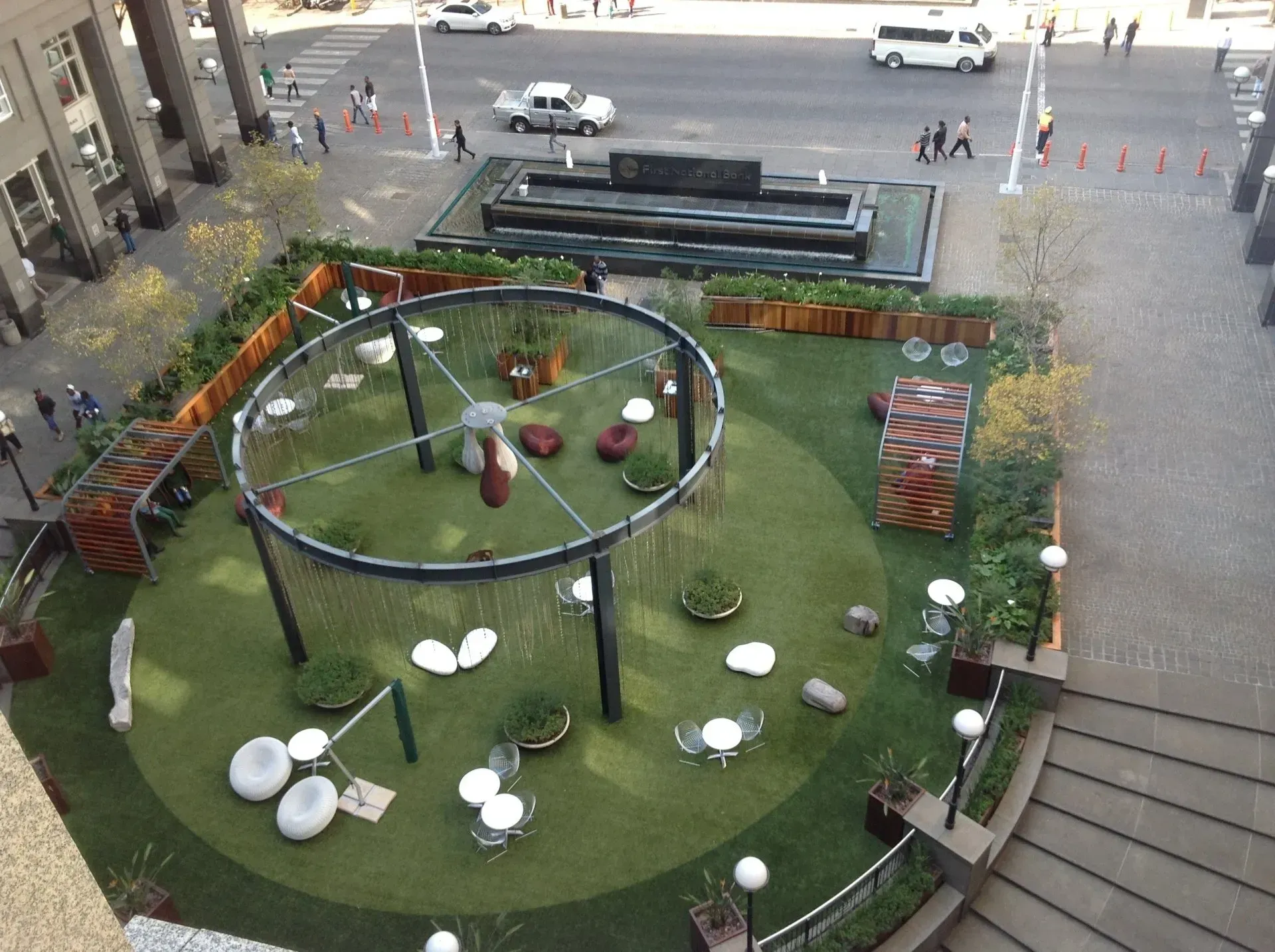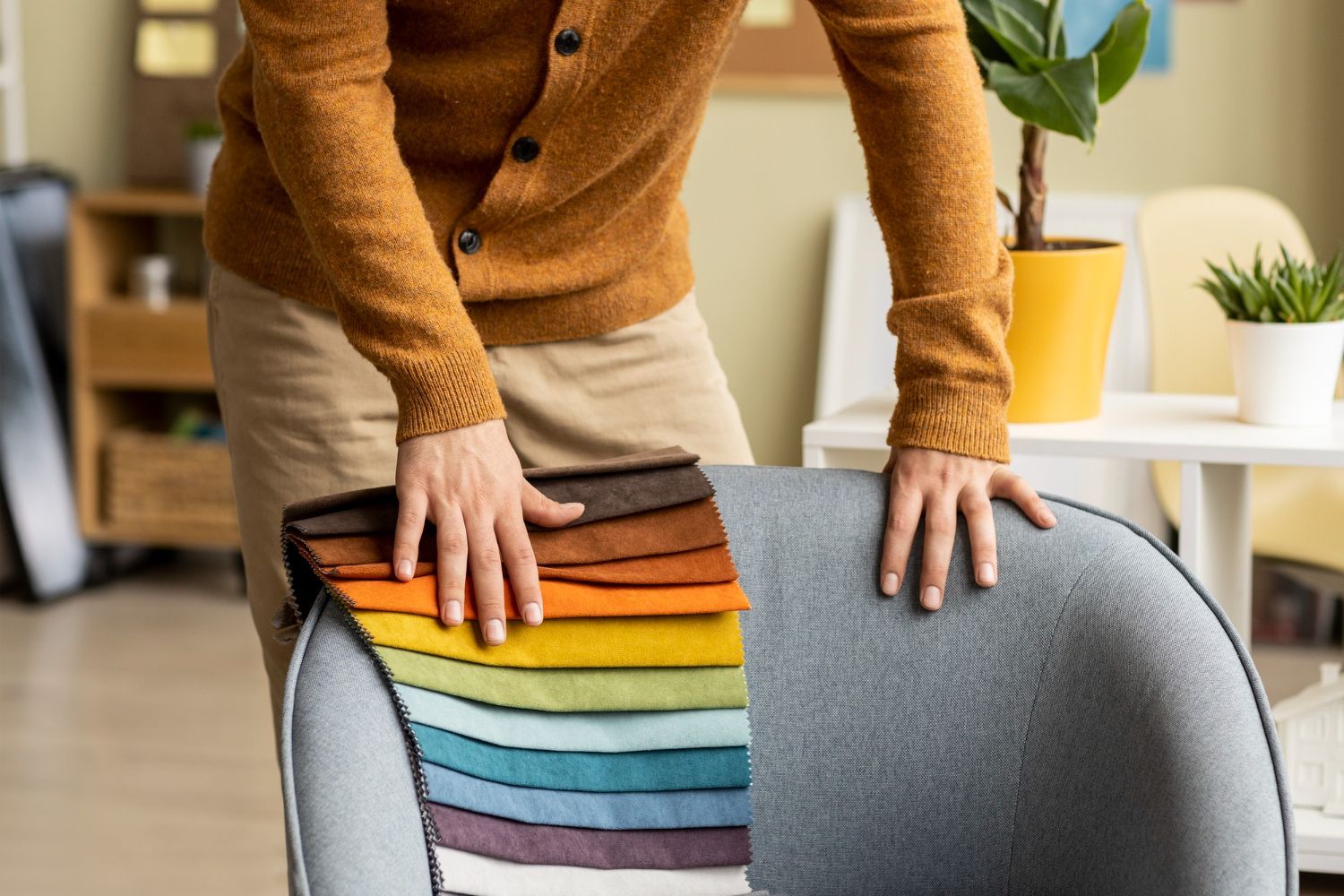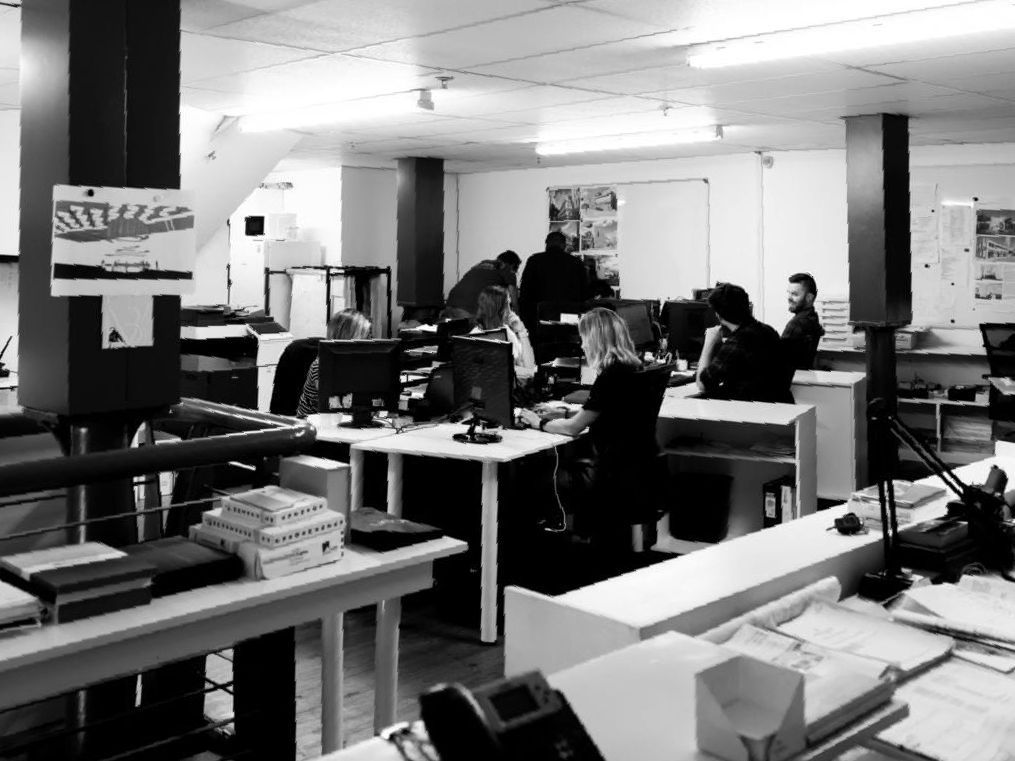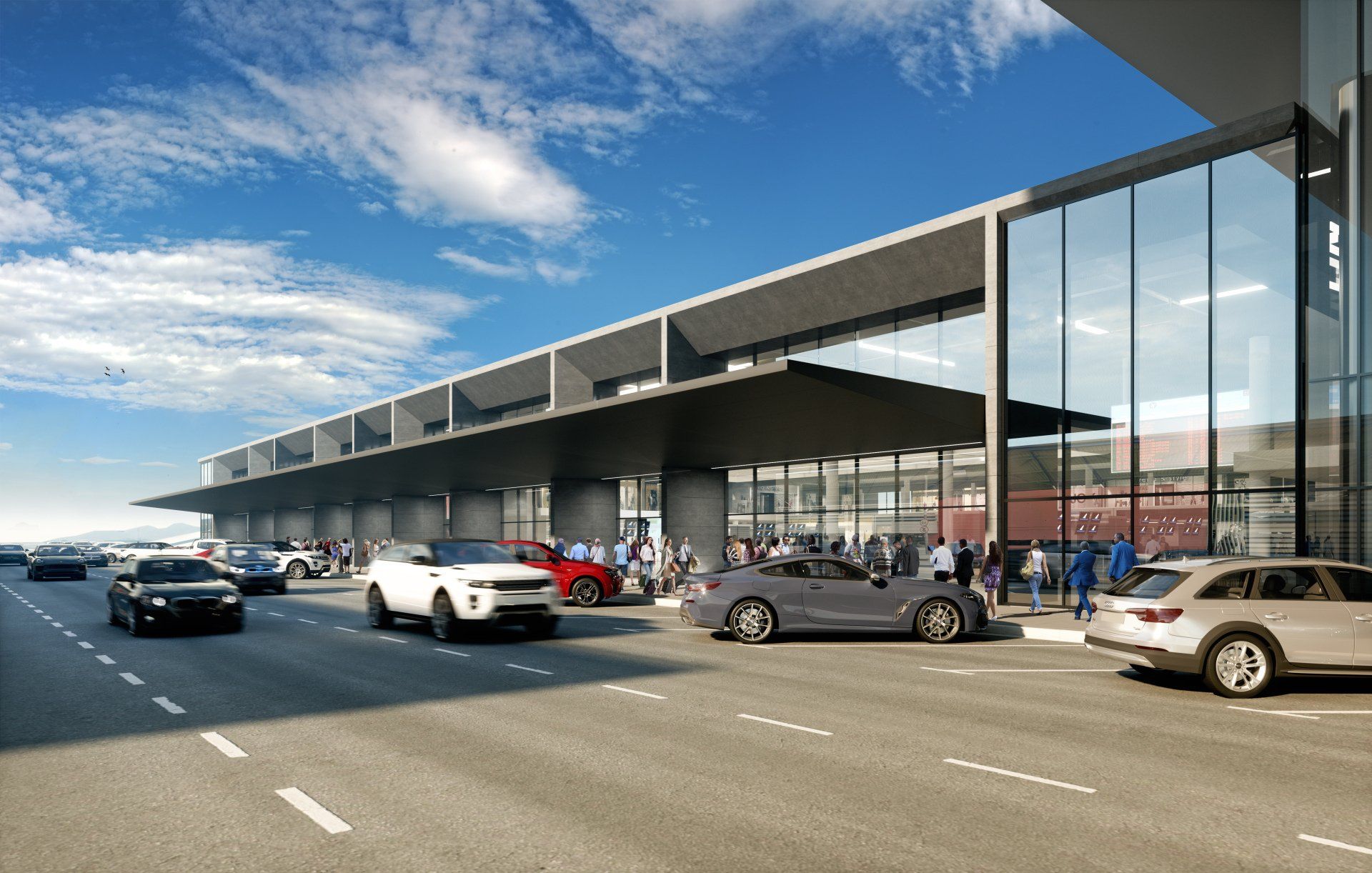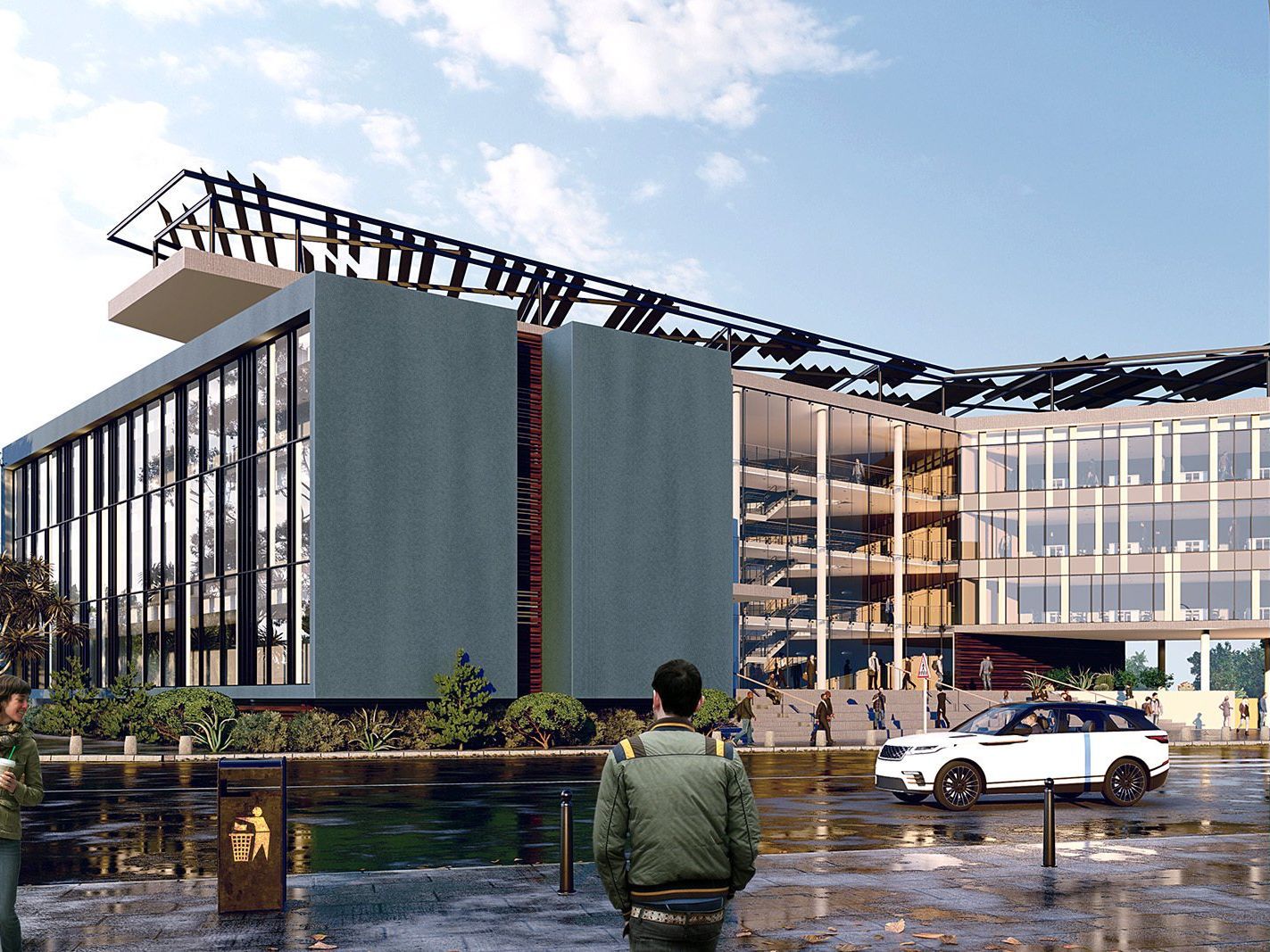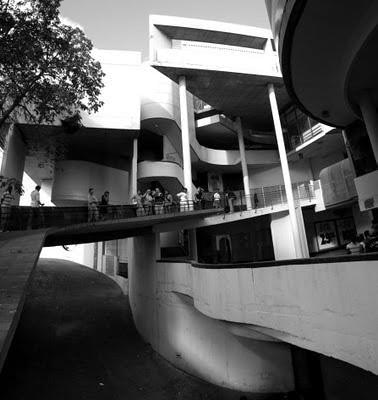The way architect’s design and draw buildings and modern house plans have changed dramatically over the last 30 years or so. Computer-Aided Design (CAD) became possible with the advent of personal computers in the 1980’s but largely remained a two-dimensional drafting experience that made drawing boards and T-squares largely redundant. Later, CAD progressed to fully-fledged three-dimensional design during the 21st century, which allowed real-time previews of what was to be built.
Virtual reality as a concept has been around since the 19th century. The idea of creating illusionary worlds to represent an alternate reality has been intriguing ever since. Today, with smartphones and unlimited connectivity between people, “virtual” reality has become much more of an actual reality. With the rise of personal computing in the 80’s and 90’s, companies looked for ways to incorporate the idea of an immersive experience into their hardware, providing headsets that could take us into another world. These early technologies were rudimentary and never really gained main-stream adoption, mostly used by
hobbyist gamers or huge technology corporations. Today, we are seeing a convergence of virtual reality and CAD.
Augmented Reality
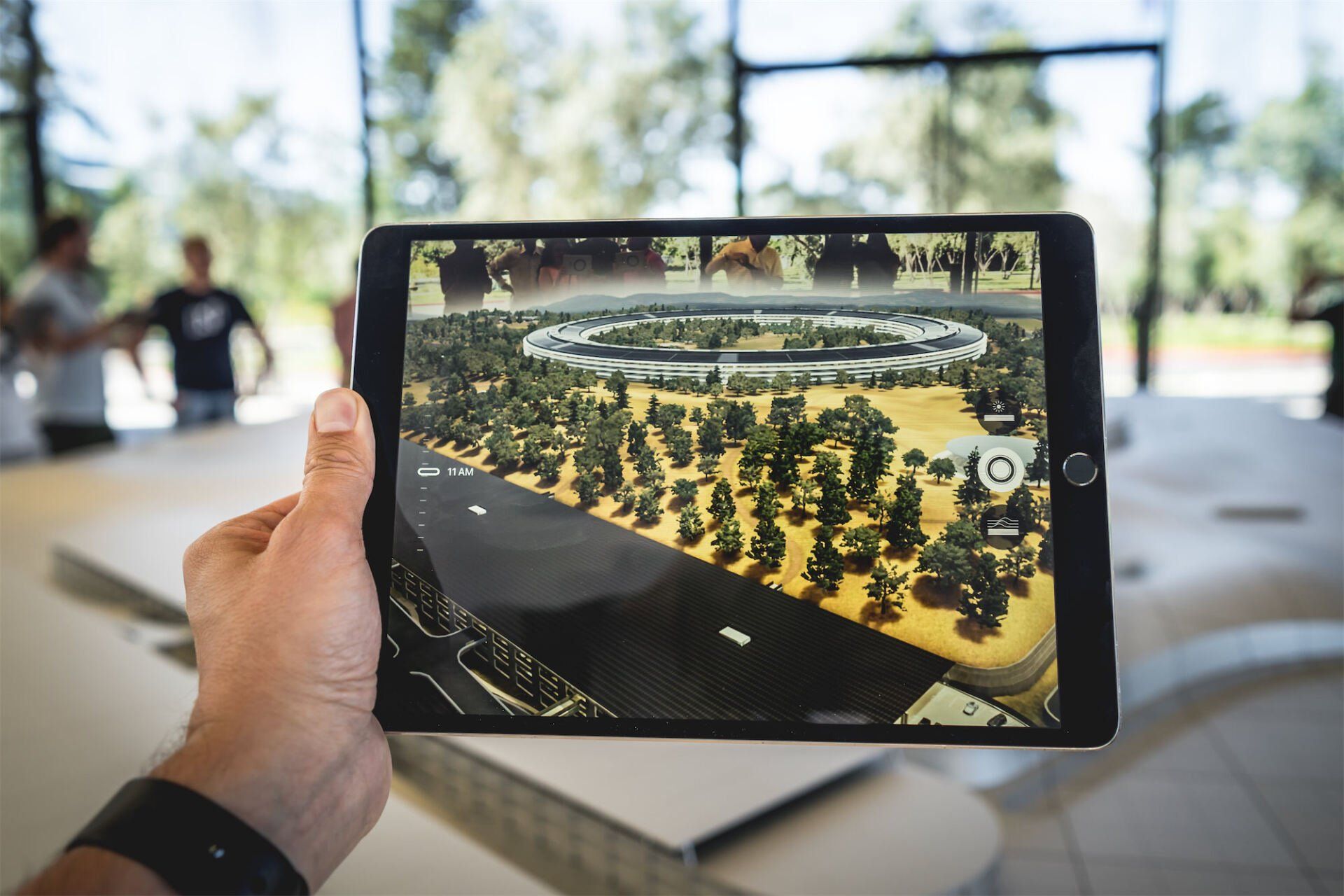
Augmented reality is a form of virtual reality that superimposes a 3D image into the real world. Smartphones have allowed the mass adoption of this technology by the general public. Technologies such as Microsoft’s HoloLens, Oculus Rift, and Samsung’s Gear VR are virtual reality headsets that provide virtual and augmented reality capabilities. New technologies such as point-clouds can allow pinpointing accurate 3D surveys of a site, created at the push of a button, and the virtual building can be augmented onto this site in real-time, allowing architects and designers to push and pull as necessary, and place objects in a virtual 3D world as if one were standing there.
Limitless Possibilities
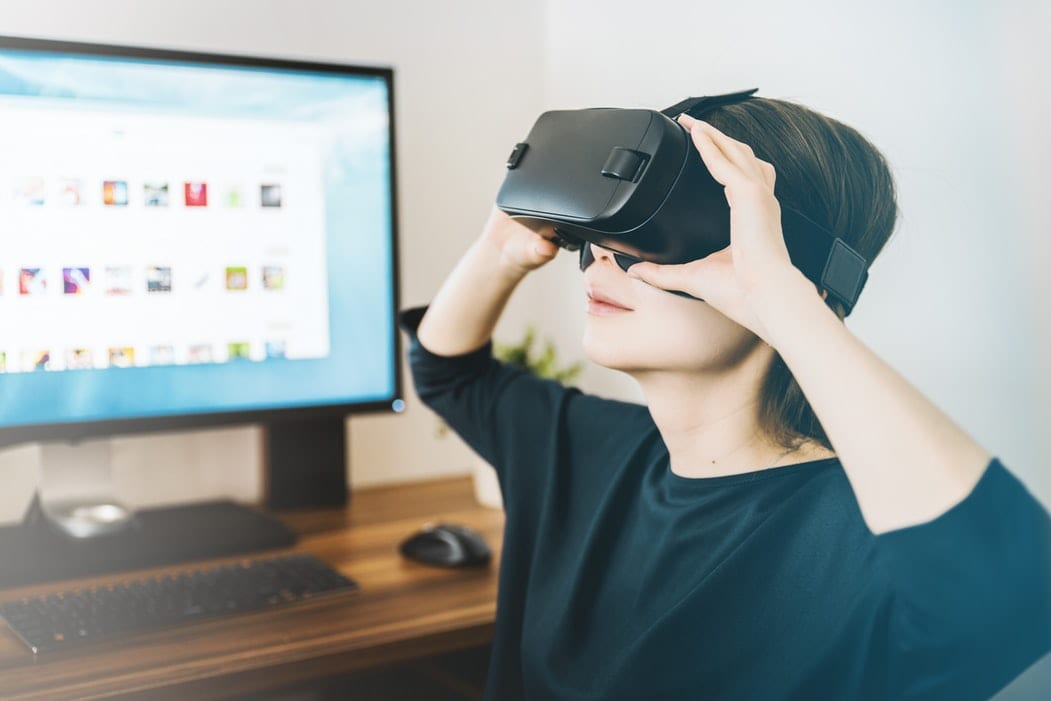
By using 3D renderings and fly-throughs, Architects have been able to give clients unbelievable representations of their buildings. These have informed and improved their designs. Virtual reality will take this to a whole new level and allow real-time exploration of a virtual building. It is no longer just a matter of ‘seeing’ the 3D space on a 2D surface. Rather, it will be about feeling and experiencing the space in a virtual, immersive environment.
Virtual reality makes it possible for people to meet without being in the same location. Imagine a scenario where client, architect and engineer can meet on a virtual site in a virtual building and discuss what needs to be done and changed. Now, imagine the time of day and year can be set so sun angles could be seen and felt. From experience, and not a prediction, environments that represent reality can be simulated.
Virtual reality will quickly allow the professional team to pull apart a virtual building looking at the underlying structure, electrical, mechanical, and all critical project elements – at whichever stage the architects and/or clients need to see them.
Future Innovations
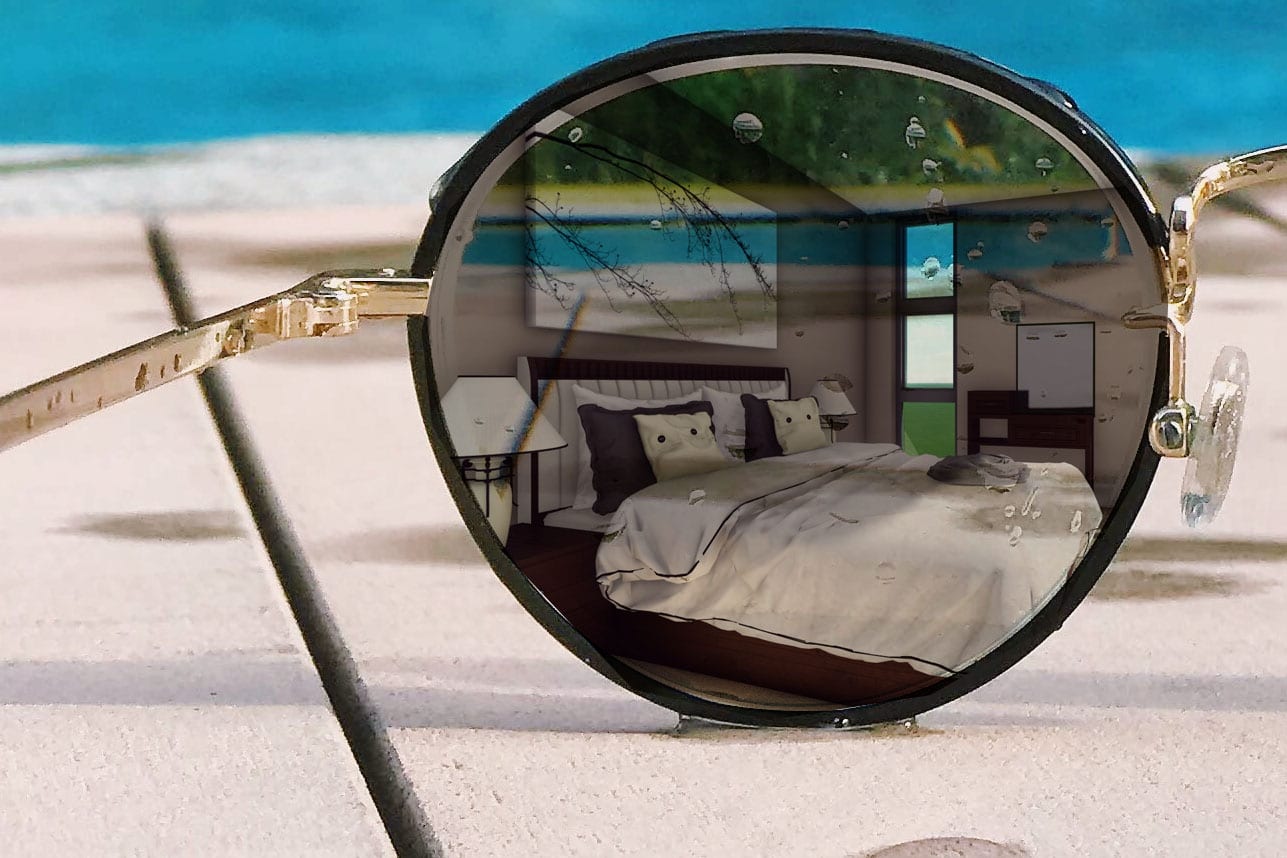
Modern house and building plans will be taken to the next level through this modern technology. At present, virtual reality requires some form of wearable technology. Often, this is admittedly bulky and rather impractical to have on all the time. Technology giants are improving this aspect of technology all the time. For starters, they’re becoming sleeker, smarter and more fashionable. Eventually, it will become discreet enough and common enough. Soon after, everyone will walk around with some form of virtual viewing technology. For example, glasses or contact lenses or something more imbedded. Sharing building information and design presentations will be as simple as sending a short message with a link. This would mean the opportunity for a meeting anytime, anywhere.
For more information about our innovative architectural services and on how we can assist you, get in touch with our team of professional architects and designers in Durban and Cape Town.

Cape Town
109 Waterkant Street
De Waterkant Cape Town
South Africa, 8001
Durban
Rydall Vale Office Park
Rydall Vale Crescent
Block 3 Suite 3
Umhlanga, 4019
Website design by Archmark


